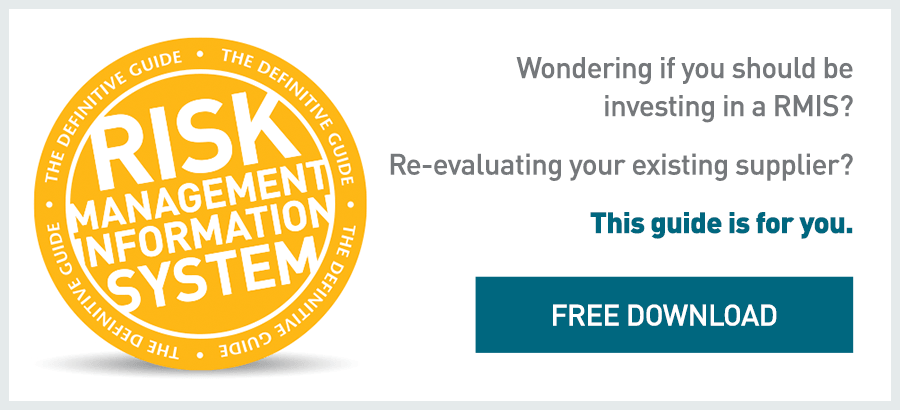
According to OSHA, the Occupational Safety and Health Administration, American companies spent $1 billion dollars every week just in workers compensation direct payments for the worst workplace illnesses or injuries in 2010. Besides, through leveraging a workers compensation claims management software, just workers compensation payments, unsafe workplaces result in higher expenses because of lost productivity, employee turnover, higher premiums for all sorts of commercial insurance, and even employee turnover. Besides, the billions of dollars lost in direct expenses because of injuries and illnesses doesn't even take into account potential bad press and brand damage because of publicity about a safety incident and the steps an employer might have taken to prevent it.
How to Get Your Boss to Invest in Employee Safety Training
On the other hand, OSHA believes that investments made by companies that help them become among the safest places to work in the United States can directly save 20 to 40 percent in related expenses. Companies that invest in employee safety training and other safety measures may enjoy the benefits of lower insurance premiums, high productivity, higher levels of employee morale and loyalty, and even better press.
Safety Training Prevents Incidents and Saves Money
One company OSHA has highlighted is called Anthony Forest Products. This might be the perfect case study to bring to management's attention when you want to convince them to invest more in employee safety training. Before implementing safety measures, Anthony Forest Products paid almost $1 million dollars a year in workers compensation premiums. The company instituted an enterprise-wide health and safety program with an emphasis on employee safety training. In time, the company enjoyed a 75 percent reduction in its workers compensation premium because of this program.
The premium reduction isn't so surprising when you consider that this program helped reduce the company's incidents to less than half of the national average and the time away from work to about two-thirds of the national average. Lower premiums than comparable competitors came about because of the improved focus on safety. The company also reported a shift in company culture towards health and safety with the added benefits of better productivity, improved morale, and even better product quality. Employee turnover also decreased.
The Bottom Line: Improved Safety is a Competitive Business Advantage
What company wouldn't benefit from lower turnover, higher quality, and reduced insurance premiums? On the other hand, no companies benefit from avoidable job-related accidents and illnesses. Making the business case for improved employee safety training shouldn't be that hard if you can show your boss how these measures will help solve business issues and make your company more competitive.
At Ventiv Technology, we help deliver and monitor employee safety training with our suite of safety management and risk management tools. In addition, our innovative technology helps companies manage their entire safety program, and this includes predicting future risks and even staying in compliance with government regulations. Contact us today to learn more about how we can improve your company's safety record and bottom line.













